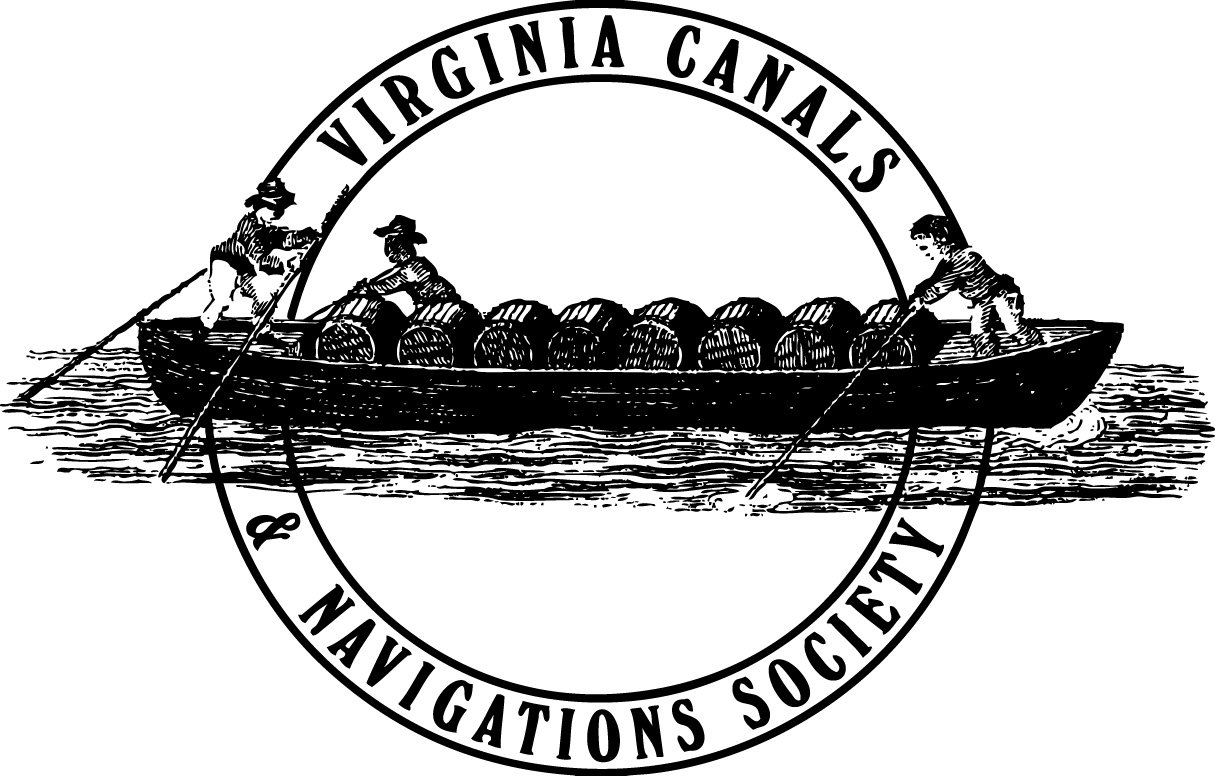Cap Rails
The cap rails are an extremely important part of construction as they provide much of the strength required in the event of a side impact. These are the only part of the boat which can be constructed by using some form of lamination. Previous ruckers have had caprails which had a joint which was not spanned by another piece as in the concept of lamination. At the joints there was a very weak area and looking down the side of the boat you could clearly see where the side of the boat would change dramatically at this joint. Some people have gotten strength from the caprail by placing a board inside the top of the rib at the top and having the joint staggered from the top planking board on the outside. They have then placed a board on the top of the rib and fastened it to the top planking board and this piece on the inside. This makes a strong caprail and also makes for a nice seat but isn’t considered as authentic as what we have done on this Rucker.
There is evidence to suggest that on the original batteaux, the caprail was a continuous thick piece with a mortice cut in it which would accept the ends of the rib arms. We accomplished the same appearance with increased strength by beginning with a 2 x 6 and making the cuts as shown in the pictures. We then ran a piece of this material on the inside and outside of the rib, creating a laminated effect for strength. This makes the caprail essentially an oak 4 x 6 which likely makes it heavier than the caprail system used on any other boat. I believe the strength we achieved is worth the extra weight we carry down the river.
One caprail concept worth considering is what Mike Neal did on the latest Rose of Nelson. He used a board which goes from nosecone to nosecone with no joints, a difficult piece of wood to find and pay for. But it provides an clean appearance and is probably the most authentic caprail in the festival in my opinion.

